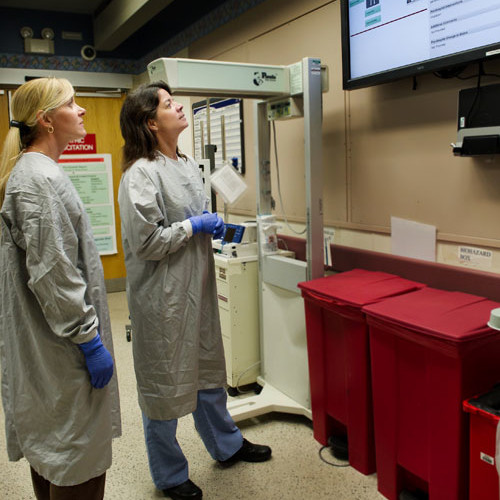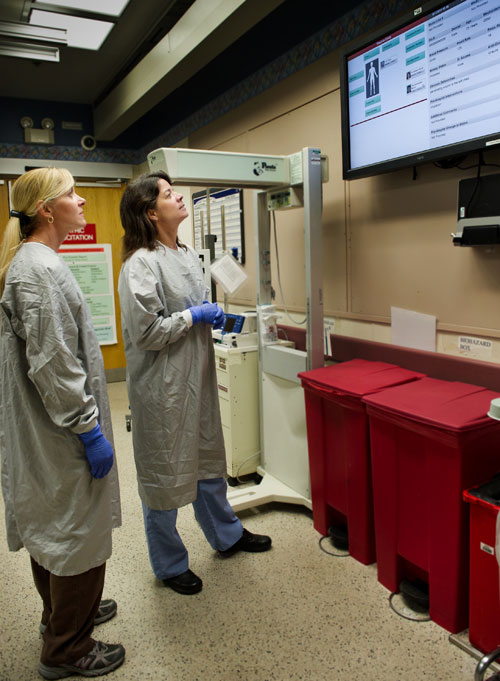Christiana Care earns CIO 100 Award for break-through emergency department technology


Christiana Care Health System has been named a recipient of a 2012 CIO 100 Award from IDG’s CIO magazine for a two-part, break-through communication management and workflow solution, changing the way care is coordinated at one of the busiest emergency departments in the nation.
The annual award program recognizes organizations around the world that exemplify the highest level of operational and strategic excellence in information technology.
“Receiving this prestigious award from CIO magazine testifies to the innovative thinking and collaboration between our clinical and information technology staff to come up with new solutions to improve the care we provide our patients,” said Randy Gaboriault, vice president and chief information officer at Christiana Care.
Christiana Care’s award is the result of reinventing the way calls to doctors from the emergency department staff are placed and tracked, with a web-based call routing and logging system. The solution incorporates workflow rules for priorities and escalation that improves patient safety and patient care. It also transforms research analysis. Previously, it would take staff several hours to determine how many times a call was made to a particular doctor or practice. With the new system, call search capability is online and available on-demand, from any workstation.
Since the system went live in 2009, Christian Care’s staff has recorded more than 90,000 outgoing calls to doctors and others in the community and 60,000 incoming calls.
In the second part of the solution, Christiana Care also added a 21-inch touch-screen monitor outside one trauma room. When a call is received, the monitor displays details of the case along with an interactive diagram of the room that shows the clinical positions around the patient. Before entering the room, responders touch positions on the monitor and scan their ID badges. This logs them in to selected roles in the room, and their names and photos appear on the diagram.
Inside the trauma room, a non-interactive 42-inch monitor displays the same information. The outside monitor and interaction ensures that only necessary staff enters the treatment area and the inside one improves communication among staff in the room, insuring parity of information and letting them easily identify colleagues behind their surgical masks.
To bring about these solutions, Christiana Care integrated an IT team into the culture of the emergency and trauma functions.
“We listened and learned, then collectively developed a solution that removed friction and subtracted steps between information gathering and decision making, then applied the appropriate technology, creating the real-time information alignment to enable the highest level of care delivery, and the optimized the use of clinical assets, provider and support staff time,” Gaboriault said. “These solutions are initiating a wave of change in how emergency medicine and trauma care are managed.”
Christiana Care’s Emergency Department ranks in the top 20 of all U.S. hospitals, handling more than 172,000 visits, 4,000 of which were trauma related.